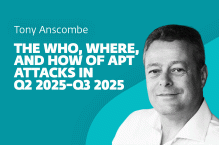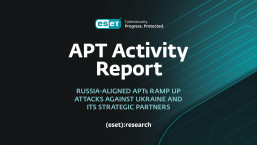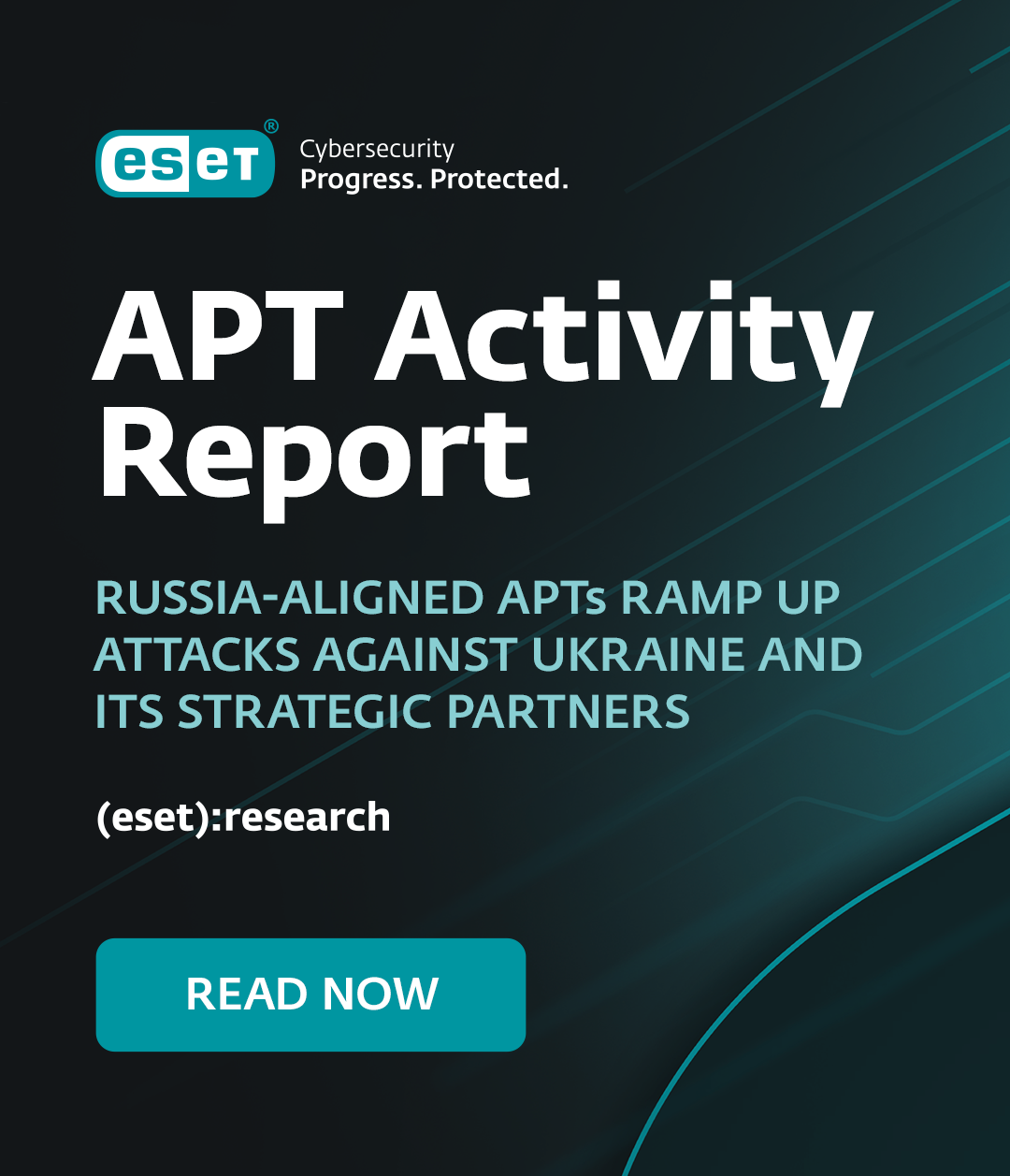http://www.ci.seattle.wa.us/trafficcams/sr520_midspan.htm
This traffic camera in Seattle, Washington points over the Interstate 520 floating bridge. Yes, it is a floating bridge, we haven't sunk all of them yet. We sank the old I-90 floating bridge (http://www.ci.seattle.wa.us/trafficcams/i90_midspan.htm), but we rebuilt it when after we finished the new I-90 floating bridge that was supposed to augment, not replace the old one. We didn't mean to sink the old one. The bridges float on concrete pontoons and a worker left the one or more plugs open during a storm. But I digress.
I was stopped in an intersection, much like this one near my home http://www.ci.seattle.wa.us/trafficcams/aurora_105th.htm, when I looked up and saw the "traffic camera". It occurred to me what a marvelous job our government had done with PR. At first mention of traffic cameras most people who exceed the speed limit were quite upset. The government in Washington (as far as I know) doesn't use the cameras to send us speeding tickets. From the start a smaller group of people who are concerned about privacy were quite alarmed. The speeders decided that the privacy advocates were right because it carried more weight than "I don't want to get caught breaking the law", but the privacy advocates do have a valid point.
So I'm sitting looking at the camera and I begin to think, wow, what a great work of public relations. Take the images from these cameras, put them up on the web, and now it is a very cool tool. People can see what routes to drive, estimate how long it will take to go somewhere, or even send a picture of a sunny day in Seattle to Eugene as he endures a severe Moscow winter :)
How quickly most people forget that these cameras can help track your movements. If your country is ruled by a horrendously evil person who invades other countries and authorizes spying on his own citizens, that evil ruler could use traffic cameras to help place your location in an effort to prove that you went to a pro-democracy meeting. Of course Stalin wouldn't have taken the time for proof, but you get the idea.
So, what does this have to do with ESET's NOD32 Anti-Virus system? There is a remarkable similarity between the traffic cameras and adware. I know, it sounds more like spyware, but it really is closer to adware. Adware is typically installed in free programs in exchange for being able to monitor your online activities. In other words, you trade some of your privacy for free icons, screen savers, utilities, and so on. Adware isn't bad all by itself. When done correctly adware is much nicer that traffic cameras. I don't have a choice with a traffic camera, but when properly disclosed I can choose not to use software that will install adware on my computer. Once the adware is installed it can use a variety of techniques to attempt to display advertising that you will find of interest. I am grateful that the traffic cameras do not send more traffic my way!
If a program uses adware that clearly lets the user know that they are installing adware, and lets the user easily uninstall it when removing the program, there is no problem. NOD32 would not deliberately detect such a program or that type of adware. The problem is when the camera is hidden – the adware is not disclosed. This is not acceptable and this type of adware NOD32 detects to help preserve your privacy.
The answer to the title of this blog is no. It was a different camera that launched this blog, and I have 999 more to go to before one thousand blogs. I could not find the camera I saw on a traffic map. I think it was only spying on me. Bad camera, bad camera.
(No punctuation marks were harmed in the composition of this blog although a few may have been neglected and/or abused)
Randy Abrams
Director of Technical Education
ESET LLC




